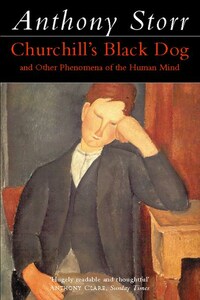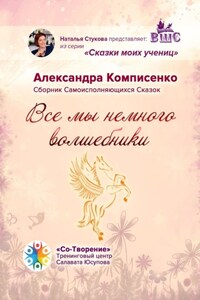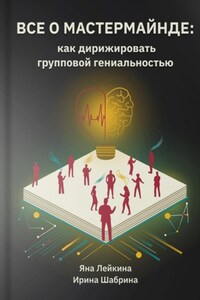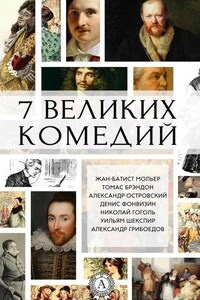The Essential Jung: Selected Writings
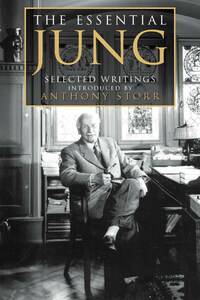
‘Jung was on a giant scale…he was a master physician of the soul in his insights, a profound sage in his conclusions. He is also one of Western Man’s great liberators.’ J. B. Priestly, Sunday Telegraph‘Jung can sometimes rise to the heights of a Blake or a Nietzsche or a Kierkegaard…like any true prophet or artist, he extended the range of the human imagination…to be able to share Jungian emotions is surely an almost necessary capacity of the free mind.’ Philip Toynbee, ObserverThis compact volume of extracts from the twenty volumes of Jung’s published writings presents him clearly, in his own words and in precis.Jung’s writing is the key to understanding 20th-century psychology, psychiatry and psychoanalysis. Most of the terms of reference now used (‘extrovert’, ‘collective unconscious’, ‘archetype’) are Jungian.This is essential reading for both students of psychology and the general reader.


